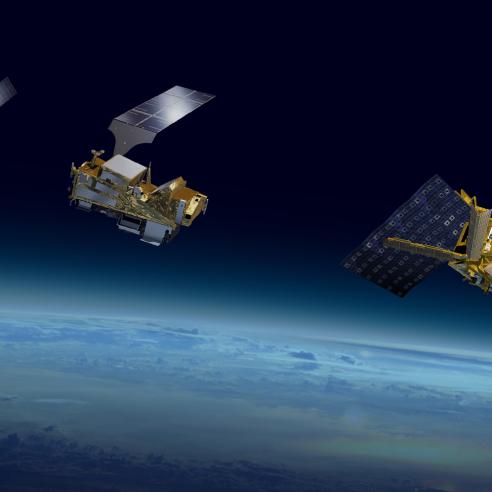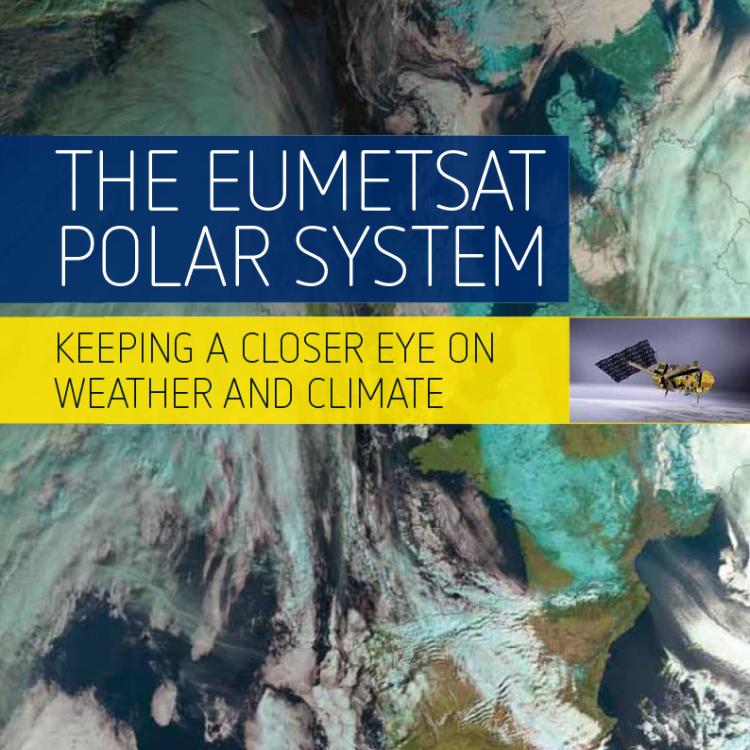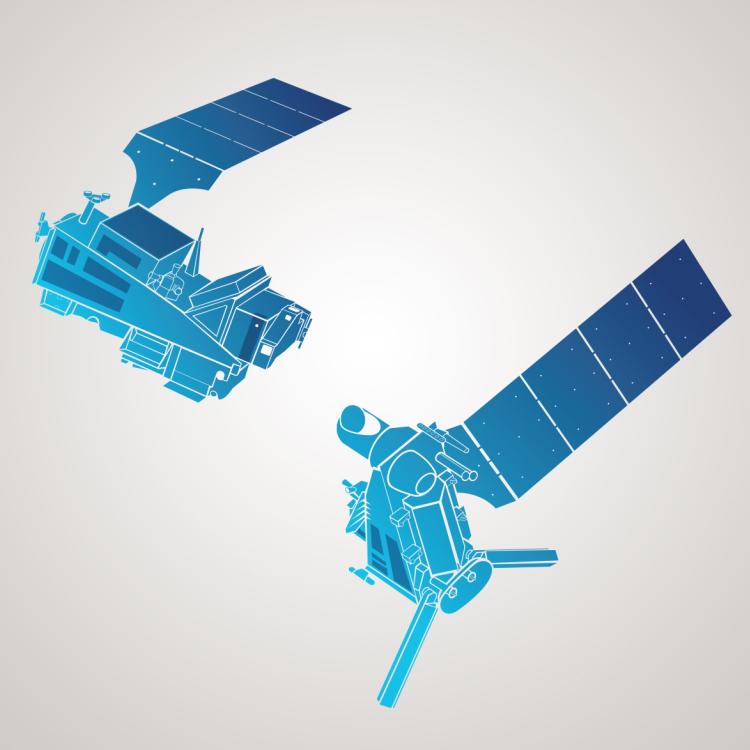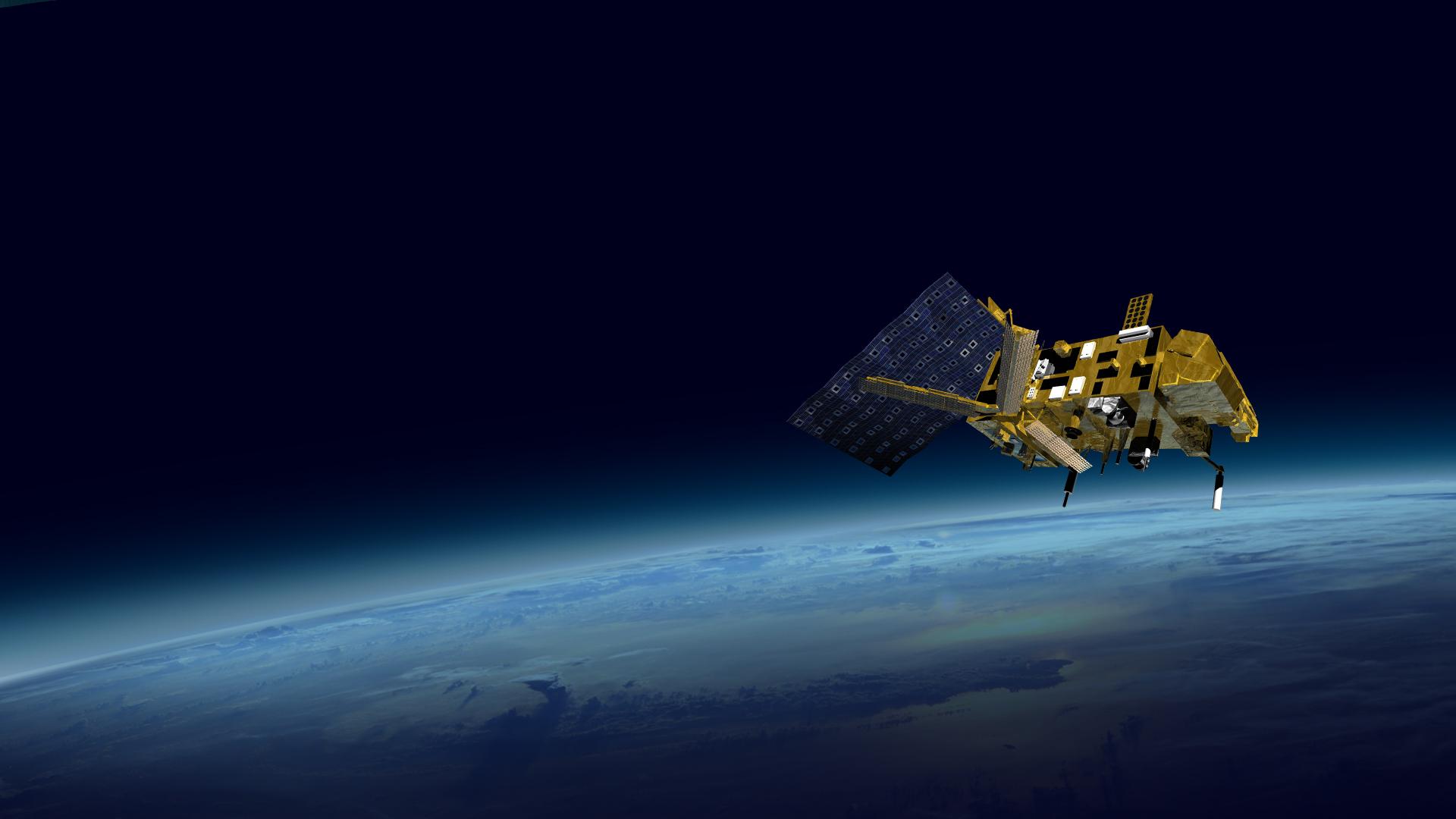
Metop
Metop satellites provide detailed global observations of the atmosphere, oceans and land

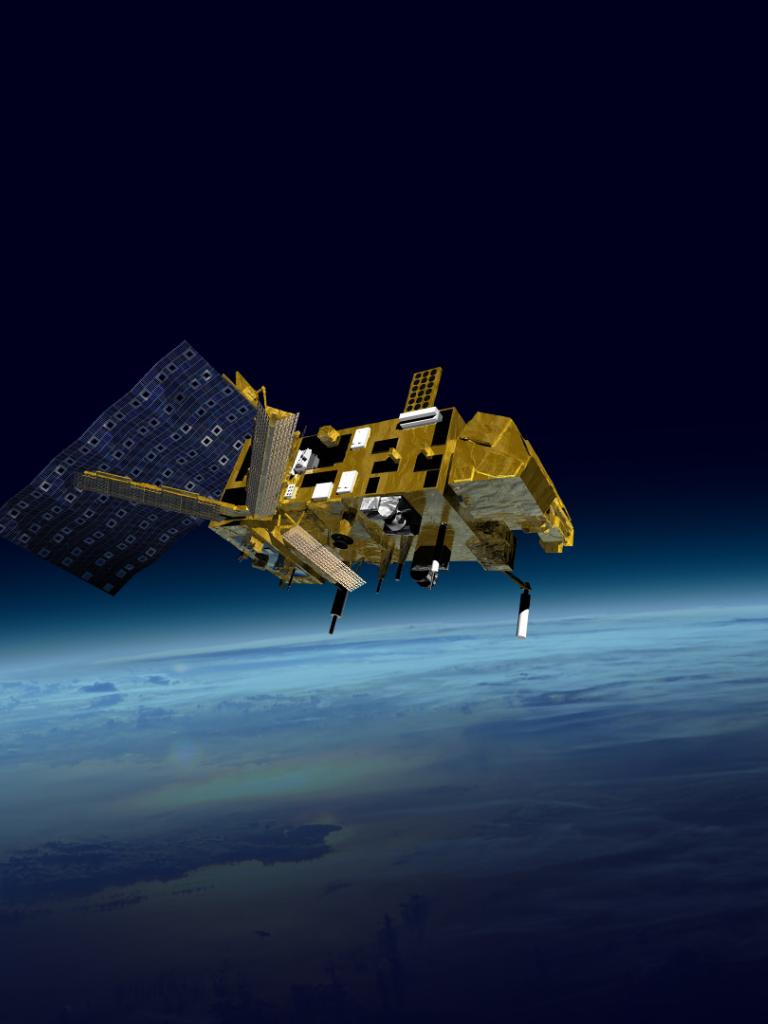
The Metop-B and C polar orbiting meteorological satellites make up the EUMETSAT Polar System (EPS) series. Metop-A, the first satellite in this series, was deorbited at the end of 2021, after 15 years of service, well beyond its design lifetime of just five years.
09 December 2024
01 July 2020
Metop-B (launched 17 September 2012) and Metop-C (launched 7 November 2018) operate in a sun-synchronous polar orbit, at an altitude of 817km. The satellites, which are identical, have an orbital period of around 100 minutes. They circle the planet 14 times a day covering every point of the Earth twice a day, continuously providing accurate, high-resolution observations of our planet and its atmosphere. The Metop satellites fly in a complementary orbit to the US NOAA (National Oceanic and Atmospheric Administration) satellites, with EUMETSAT taking operational responsibility for the morning orbit and NOAA for the afternoon orbit.
The satellites consist of a payload and service modules in addition to a large solar array. They carry a payload of eight main meteorological instruments, all of which contribute to global climate monitoring and applications, helping scientists to understand the complex interactions between the various factors that influence the Earth’s climate.
The satellites support the work of the United Nations Framework Convention on Climate Change (UNFCCC), the World Meteorological Organization (WMO) and Global Climate Observing System (GCOS) by monitoring a range of essential climate variables such as temperature, greenhouse gases, aerosol properties, sea ice and albedo.
The service module on the satellite provides the main satellite support functions, such as command and control, communications with the ground and orbit control and propulsion.
The data acquired by the Metop satellites are continuously recorded on board using solid-state storage technology. The stream of data is downloaded twice per orbit as the satellite passes over the ground stations located in Svalbard, Norway and McMurdo in Antarctica. From there the data are transmitted to the EUMETSAT headquarters in Darmstadt, Germany from where they are distributed to data users and also stored in the EUMETSAT archive for longer-term use.
The Metop satellites and the ground segment collectively form the EUMETSAT Polar System (EPS), which is Europe’s contribution to the Initial Joint Polar System shared with NOAA.
EPS is operated by EUMETSAT and was developed, procured and implemented in partnership with the European Space Agency (ESA), the French Space Agency (CNES) and NOAA.
Metop Second Generation - A new era in weather and climate monitoring
Metop’s valuable contributions will continue into the 2040s with the advent of Metop-Second Generation (Metop-SG) from mid-2020s onwards.
The Metop-SG A and Metop-SG B satellites will operate in three successive pairs and carry enhanced (e.g. IASI-NG) and new instruments (e.g. 3MI, MWI and ICI), and the Copernicus Sentinel-5 instrument. Information relating to these instruments can all be found on our Metop Second Generation instruments page.
